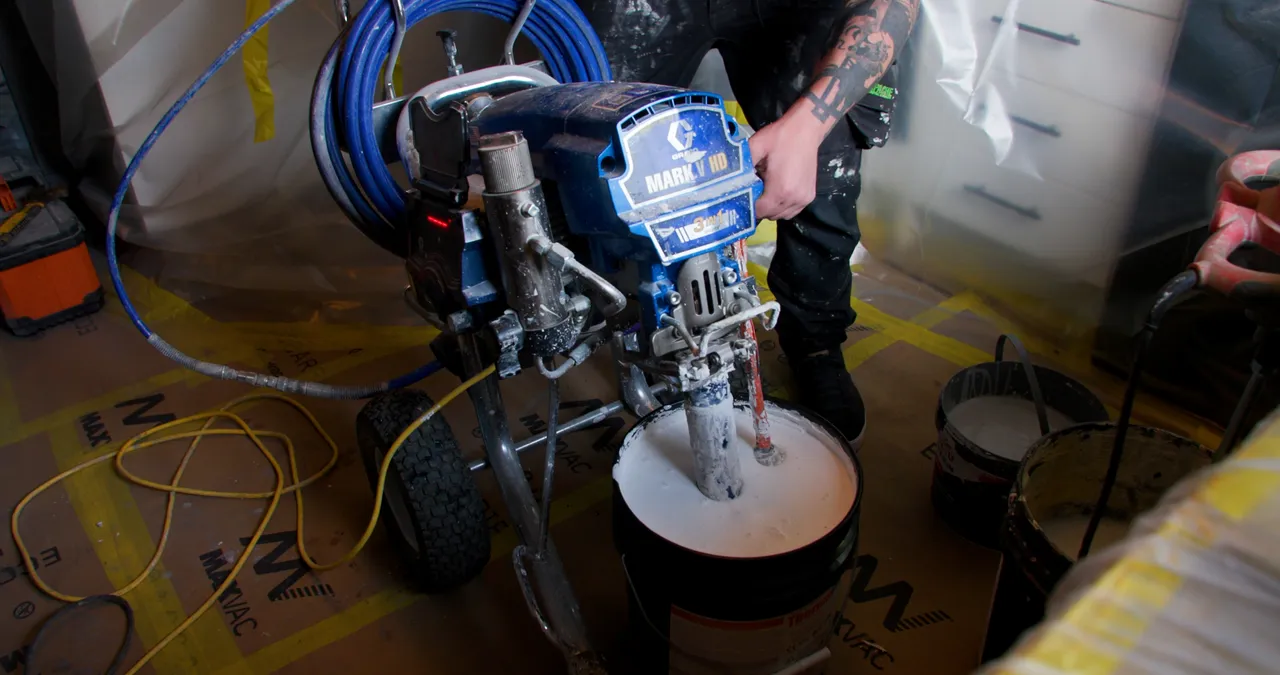How It Really Works

The Science of Ceramic Microspheres
Microsphere Fundamentals
- ThermaCote® contains billions of hollow ceramic microspheres, typically between 50 and 100 microns in diameter, suspended in a water-based acrylic resin.
- Each microsphere is filled with air, forming a natural thermal break that reduces conductive heat flow through the coating.
- The spherical structure disrupts heat transfer pathways at a microscopic level, improving the thermal performance of the surface.
- The coating is seamless and flexible, allowing it to conform to complex surfaces and form an uninterrupted thermal barrier.
Radiant Heat Reflection
- ThermaCote® is formulated with infrared-reflective ceramic technology, designed to deflect radiant energy across a broad IR spectrum (2–14 µm).
- This reflectivity helps bounce radiant heat away from the building envelope, reducing both summer solar gain and internal heat loss.
- Independent lab tests show that ThermaCote® can reflect up to 80% of infrared radiation, depending on the substrate and application conditions.
- The result is a more stable internal temperature, reduced strain on HVAC systems, and improved occupant comfort.
Thermal Emissivity & R-Value
Emissivity Explained – Final Correct Version
- Emissivity (ε) measures how effectively a surface emits thermal radiation, ranging from 0 (perfect reflector) to 1 (perfect emitter).
- ThermaCote® has an emissivity of approximately 0.84 on interior surfaces, meaning it emits most of the heat it absorbs.
- But it's highly reflective in the infrared (IR) spectrum, especially for incident radiant energy — meaning it reflects radiant heat before it is absorbed and converted into thermal load.
- This makes ThermaCote® particularly effective on internal walls and ceilings, where it can reflect radiant heat back into the room, improving thermal comfort and enhancing the performance of infrared heating systems.
- On external surfaces, ThermaCote® reflects a significant portion of solar infrared radiation, reducing heat absorption and helping to cool the building envelope.
- ThermaCote® is not a low-emissivity coating, but a high-performance infrared reflector that functions across conduction, convection, and radiation to reduce total heat transfer.
Effective R-Value
- ThermaCote® provides a certified thermal resistance (R-value) of 1.87 m²·K/W at just 1 mm thickness, offering high-performance insulation in an ultra-thin form.
- This allows it to be applied where traditional insulation may be impractical—such as in retrofit projects, constrained spaces, or uneven surfaces.
- ThermaCote® acts on all three modes of heat transfer:
- Conduction: Air-filled microspheres reduce thermal bridging.
- Convection: The microstructure seals surface air flow, limiting convective loss.
- Radiation: IR-reflective particles deflect radiant heat from internal and external sources.
- This multi-mode performance makes ThermaCote® a powerful thermal barrier, complementing traditional insulation or acting as a standalone thermal upgrade.
“Action at the Interface”
- ThermaCote® bonds directly to brick, render, concrete, wood, steel, and many other surfaces, forming a continuous thermal layer that fills micro-cracks, pores, and joints.
- Unlike traditional insulation materials, it doesn’t leave gaps or require fixings, ensuring complete surface coverage even on irregular structures.
- UK field studies have shown that ThermaCote®-coated walls can be up to 2 °C warmer in winter compared to uncoated equivalents—clearly demonstrating a reduction in heat loss.
- This “action at the interface” means even heritage buildings or older properties with thermal bridging challenges can be upgraded without invasive works.
